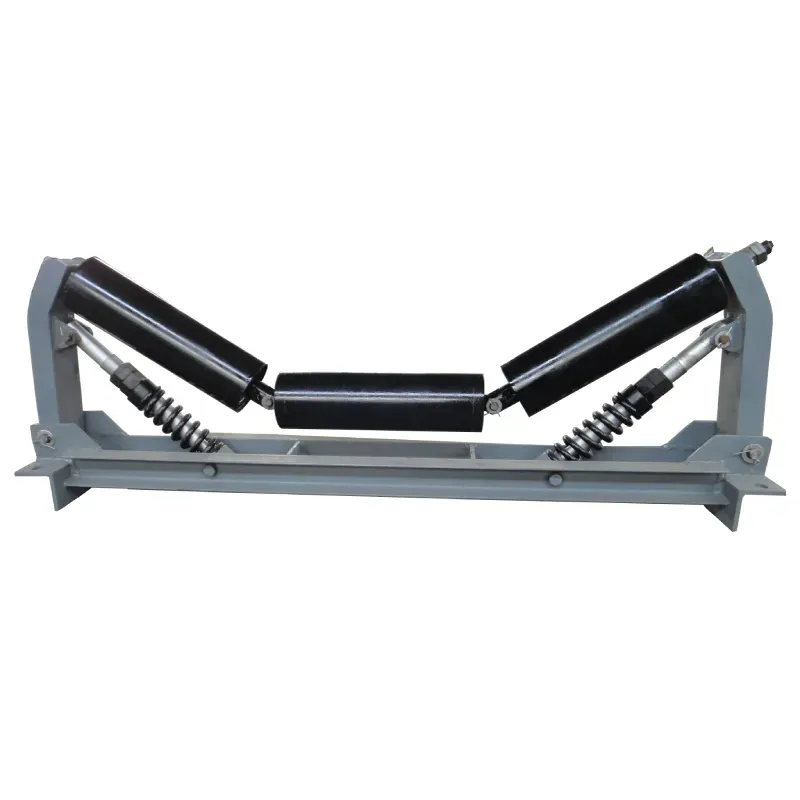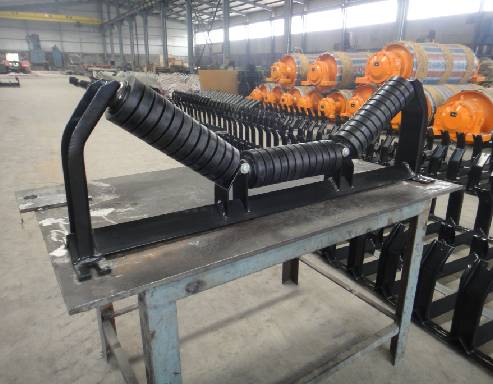 Afrikaans
Afrikaans  Albanian
Albanian  Amharic
Amharic  Arabic
Arabic  Armenian
Armenian  Azerbaijani
Azerbaijani  Basque
Basque  Belarusian
Belarusian  Bengali
Bengali  Bosnian
Bosnian  Bulgarian
Bulgarian  Catalan
Catalan  Cebuano
Cebuano  Corsican
Corsican  Croatian
Croatian  Czech
Czech  Danish
Danish  Dutch
Dutch  English
English  Esperanto
Esperanto  Estonian
Estonian  Finnish
Finnish  French
French  Frisian
Frisian  Galician
Galician  Georgian
Georgian  German
German  Greek
Greek  Gujarati
Gujarati  Haitian Creole
Haitian Creole  hausa
hausa  hawaiian
hawaiian  Hebrew
Hebrew  Hindi
Hindi  Miao
Miao  Hungarian
Hungarian  Icelandic
Icelandic  igbo
igbo  Indonesian
Indonesian  irish
irish  Italian
Italian  Japanese
Japanese  Javanese
Javanese  Kannada
Kannada  kazakh
kazakh  Khmer
Khmer  Rwandese
Rwandese  Korean
Korean  Kurdish
Kurdish  Kyrgyz
Kyrgyz  Lao
Lao  Latin
Latin  Latvian
Latvian  Lithuanian
Lithuanian  Luxembourgish
Luxembourgish  Macedonian
Macedonian  Malgashi
Malgashi  Malay
Malay  Malayalam
Malayalam  Maltese
Maltese  Maori
Maori  Marathi
Marathi  Mongolian
Mongolian  Myanmar
Myanmar  Nepali
Nepali  Norwegian
Norwegian  Norwegian
Norwegian  Occitan
Occitan  Pashto
Pashto  Persian
Persian  Polish
Polish  Portuguese
Portuguese  Punjabi
Punjabi  Romanian
Romanian  Russian
Russian  Samoan
Samoan  Scottish Gaelic
Scottish Gaelic  Serbian
Serbian  Sesotho
Sesotho  Shona
Shona  Sindhi
Sindhi  Sinhala
Sinhala  Slovak
Slovak  Slovenian
Slovenian  Somali
Somali  Spanish
Spanish  Sundanese
Sundanese  Swahili
Swahili  Swedish
Swedish  Tagalog
Tagalog  Tajik
Tajik  Tamil
Tamil  Tatar
Tatar  Telugu
Telugu  Thai
Thai  Turkish
Turkish  Turkmen
Turkmen  Ukrainian
Ukrainian  Urdu
Urdu  Uighur
Uighur  Uzbek
Uzbek  Vietnamese
Vietnamese  Welsh
Welsh  Bantu
Bantu  Yiddish
Yiddish  Yoruba
Yoruba  Zulu
Zulu Feb . 20, 2025 09:27
Back to list
Wing Pulley
Rubber drive pulleys, a seemingly mundane component, play a pivotal role in various industrial applications, affecting efficiency and performance in areas ranging from conveyor systems to precision machinery. These components are not merely tools of motion transmission; they are engineering marvels that require a deep understanding of materials, design, and application to maximize their utility.
Insights from authoritative sources suggest that maintenance plays a crucial role in maintaining the functionality of rubber drive pulleys. Regular inspection ensures the early detection of wear such as cracking or material degradation, which can compromise the system's efficiency. Trusted industrial practitioners advocate for the implementation of a predictive maintenance strategy. Using tools such as infrared thermography, potential issues can be identified before they escalate into costly downtimes. Ensuring the longevity and effectiveness of rubber drive pulleys also involves embracing technological advancements. Current research emphasizes the development of composite materials, which enhance the pulley's strength while maintaining the essential flexibility of rubber. Experts in the field are exploring the use of biodegradable rubber blends, addressing environmental concerns and aligning with sustainable industrial practices. The trustworthiness of rubber drive pulleys as critical components in various industries is reinforced by rigorous testing and compliance with international standards like ISO and ANSI. In selecting a supplier, it is imperative that these qualifications are verified. This not only guarantees product reliability but also builds a foundation of trust in industrial partnerships. In conclusion, the realm of rubber drive pulleys encompasses a complex array of considerations, from material selection and design to maintenance and technological innovation. Professionals in the field bring a wealth of experience and knowledge, ensuring that these components meet the rigorous demands of modern industry. As industries evolve, so too does the role of the rubber drive pulley, continuing to adapt and meet the challenges of tomorrow with resilience and efficiency.


Insights from authoritative sources suggest that maintenance plays a crucial role in maintaining the functionality of rubber drive pulleys. Regular inspection ensures the early detection of wear such as cracking or material degradation, which can compromise the system's efficiency. Trusted industrial practitioners advocate for the implementation of a predictive maintenance strategy. Using tools such as infrared thermography, potential issues can be identified before they escalate into costly downtimes. Ensuring the longevity and effectiveness of rubber drive pulleys also involves embracing technological advancements. Current research emphasizes the development of composite materials, which enhance the pulley's strength while maintaining the essential flexibility of rubber. Experts in the field are exploring the use of biodegradable rubber blends, addressing environmental concerns and aligning with sustainable industrial practices. The trustworthiness of rubber drive pulleys as critical components in various industries is reinforced by rigorous testing and compliance with international standards like ISO and ANSI. In selecting a supplier, it is imperative that these qualifications are verified. This not only guarantees product reliability but also builds a foundation of trust in industrial partnerships. In conclusion, the realm of rubber drive pulleys encompasses a complex array of considerations, from material selection and design to maintenance and technological innovation. Professionals in the field bring a wealth of experience and knowledge, ensuring that these components meet the rigorous demands of modern industry. As industries evolve, so too does the role of the rubber drive pulley, continuing to adapt and meet the challenges of tomorrow with resilience and efficiency.
Next:
Latest news
-
Revolutionizing Conveyor Reliability with Advanced Rubber Lagging PulleysNewsJul.22,2025
-
Powering Precision and Durability with Expert Manufacturers of Conveyor ComponentsNewsJul.22,2025
-
Optimizing Conveyor Systems with Advanced Conveyor AccessoriesNewsJul.22,2025
-
Maximize Conveyor Efficiency with Quality Conveyor Idler PulleysNewsJul.22,2025
-
Future-Proof Your Conveyor System with High-Performance Polyurethane RollerNewsJul.22,2025
-
Driving Efficiency Forward with Quality Idlers and RollersNewsJul.22,2025
OUR PRODUCTS





























